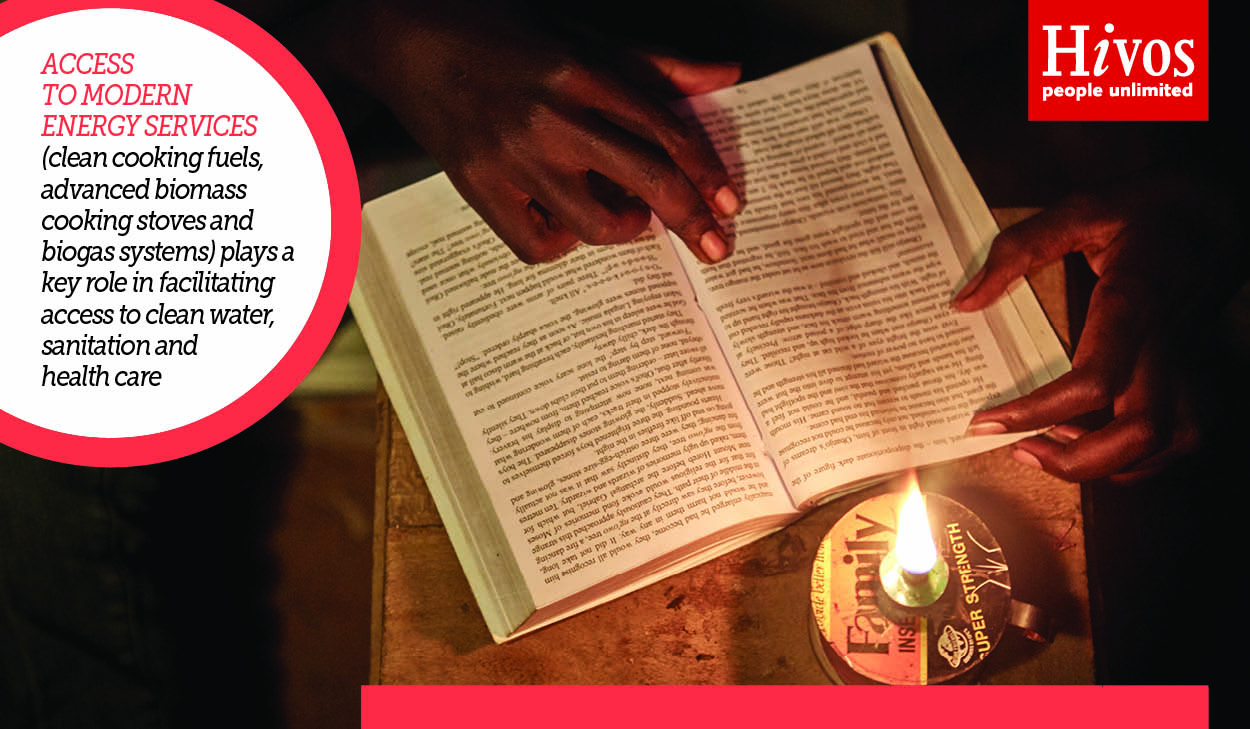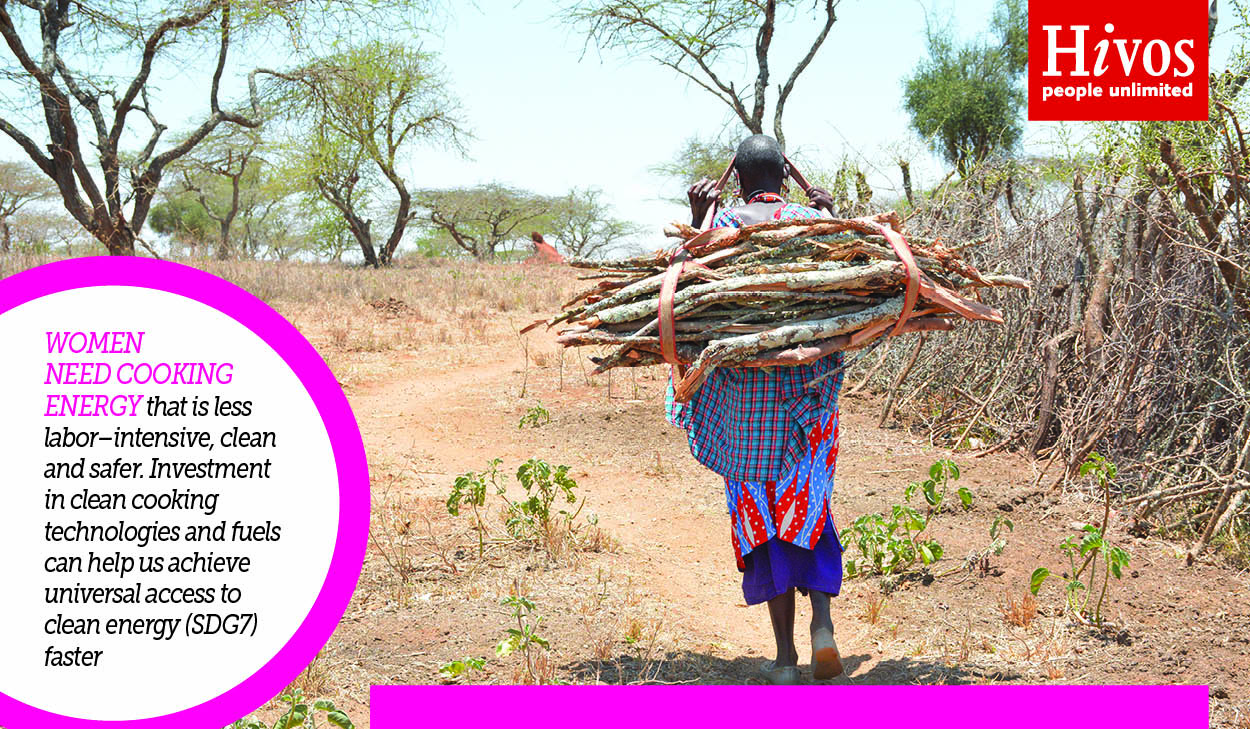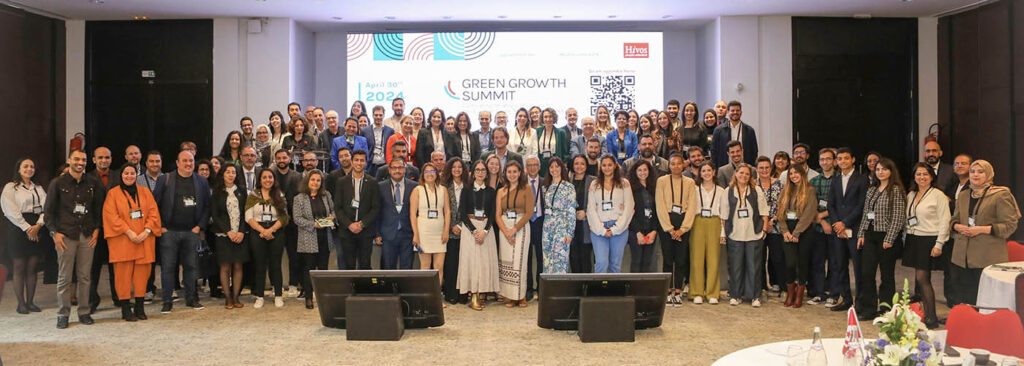You have probably seen the modern construction of the fireplace that has replaced the traditional three stones. It’s now a single hole big enough to accommodate the firewood. In addition, various options of improved clean cooking stoves – those that use charcoal – are also now readily available at supermarkets and hardware shops.
The World Health Organisation states that approximately three billion people cook using polluting open fires or stoves fuelled by kerosene, biomass (wood, animal dung and crop waste) and coal. Further, each year, close to four million people die prematurely from illnesses attributable to household air pollution from inefficient cooking practices using polluting cooking stoves.

Women are vastly overburdened with exposure to household air pollution from polluting and unhealthy home energy sources. Clean cooking solutions have greatly reduced the burden women and girls face among them back aches, loss of economic opportunities, spinal injuries, lung related diseases and eye sight problems. However, while offering clean cooking solutions contribute to achieving some of the SDGs , a new report by Hivos and World Future Council Beyond Fire: How to achieve electric cooking states that these solutions are only good in the interim but are “neither a truly long term nor a truly sustainable solution to the challenge of cooking”.
“For almost two decades we have inadvertently narrowed the debate of clean cooking to just cookstoves. We need to look at the sources of energy and clean fuels”, says Kandeh Yumkella, Parliamentary Leader Sierra Leone, first CEO of Sustainable Energy for All and former UN Special Representative and Director General of UNIDO.

Possible solutions to sustainable cooking
To achieve sustainable cooking, the report outlines six steps in which this can be achieved. One is that governments need to set clear goals to transition away from firewood and charcoal. “Current strategies still largely focus on improved cook-stoves and the build-out of LPG infrastructure, failing to recognize the tremendous potential of alternative cooking solutions such as renewable electricity. By focusing largely on improved cook-stoves, the international community might contribute to further entrenching technological path dependencies which might be a barrier for the de-carbonization of the cooking sector in the long-run,” says the report.
The other strategies suggested in the report are that: ii)governments should introduce policies and incentives to reduce upfront costs for example duty exemptions for cooking technologies such as pressure cooker which have demonstrated to slash cooking time, similar to what is offered on solar PV components; iii) financing projects in the cooking sector need to allocate more resources to support the availability of pay-as-you-go contracts; iv) re-allocation of fossil fuel subsidies which often benefit middle and upper income residents to support a rapid scale-up in sustainable cooking technologies and v)International climate finance should be mobilized to play a far greater and more direct role in supporting the transition to sustainable cooking, including through innovative mechanisms such as the Green Climate Fund and the wider use of climate bonds.
As we observe World Environment Day today, let us remember women disproportionately suffer the impacts of climate change and other environmental hazards, especially in developing countries.




